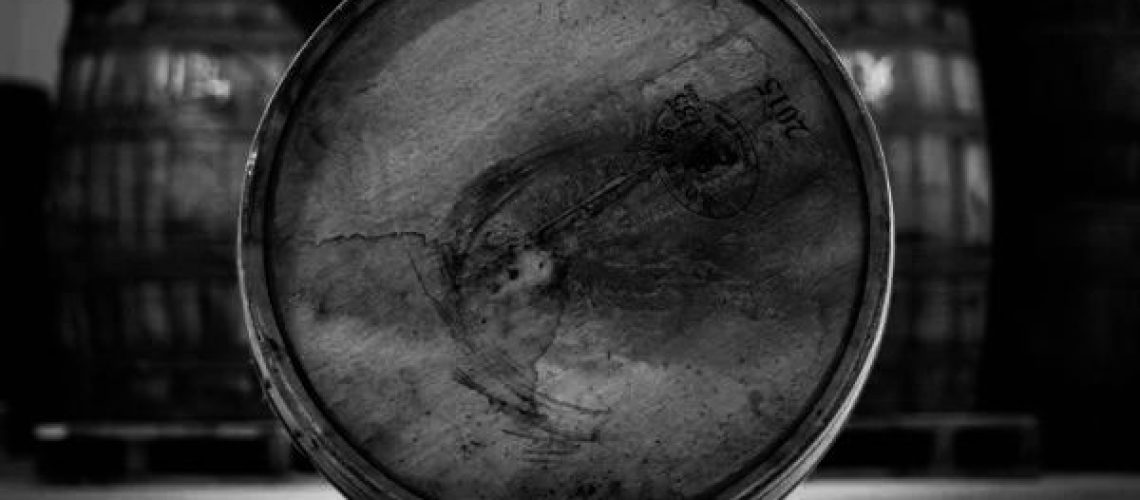The debate never stops among whisky lovers when it comes to blended whisky and whether it is comparable in quality to single malt.
I wanted to explore this further but before we go any further we need to understand exactly what a blended whisky is.
Blended whiskey is the outcome of blending various types of whisky that may include neutral grain spirits, flavourings and colourings. The blending of one or more high-quality single malt whiskies with less expensive spirits and other ingredients ultimately produce a blended whisky. The main reason blended whisky was originally created was to try and produce a lower-priced finished product. But as the markets have adapted over time and become used to blended whiskies. premium varieties have become quite common.
Scotch enthusiasts may well point out the fact that single malts are also generally the result of some type of blend.
With blended whisky, producers have some benefits, as it allows the use of cheaper grains, and it doesn’t take the same amount of time to age. That simplifies the whisky-making process. Blended whisky is produced at a faster rate and lower price which has resulted in overall higher global demand.
The best-blended whisky is produced by mixing two or more whiskies without neutral spirits or colourings which results in a slightly more natural product.
Why did distilleries start blending whisky?
In the past, a bottle of whisky was fairly expensive, and ordinary people used to go to the whisky shop with an empty bottle and get it filled straight from the cask. These re-fills were usually taken from a single cask but over time the shops started topping up the casks with all sorts of different whisky to keep their stocks high and reduce costs. Although an unintended consequence, this was the natural beginning of blended whisky.
In the 1860s, the art of blending was pioneered by Andrew Usher who lived in Edingburgh and is often referred to as the father of Scotch. He worked hard on experimenting with different blends trying to find that perfect balance. As his blends improved. so the price came down and as whisky was an expensive drink back then this new art of blending allowed Scotch to be enjoyed by many more people. Andrew’s blends also led to the popularity of Scotch in many different countries.
What is the process of Marrying?
It is not uncommon for up to 30-40 different whiskies to be included in a blend and once this process is complete and the blender is happy with the final result the whisky will go back into a cask to continue maturation; this time as a blend. This process is known as ‘marrying’ and normally runs at a minimum of 4 to 6 months.
The video below is a worthwhile watch and explains more about the art of blending whisky from Compass Box.
Here are some of the most prolific brands of blended whisky on sale today. Most of them came from a modest beginning and have grown into massive global brands over the last 150 or so years.
BELLS: Currently the best selling blended whisky in the UK. Bells began with Arthur Bell in 1851 aiming to create a more consistent product by blending whiskies. The famous ‘extra special’ trademark that Bells are widely known for was first trademarked in 1904.
JOHNNIE WALKER: John Walker created this blended whisky in the mid-1880s, and he used to sell it in his grocery shop in Kilmarnock. Johnnie Walker is the most widely recognised and distributed blended Scotch whisky throughout the world. It is available in almost every single country.
TEACHER’S: William Teacher created his own blends back in 1832 selling it from his wife’s grocery shop in Glasgow. In the late 1800’s Teachers, whisky was used as ballast on ships traveling to Australia and back again. This was a perfect match, the barrels provided an essential part of the ship at the same time-saving expense on warehousing space during maturation.
CHIVAS REGAL: This whisky was created by Chivas brothers and named after the Aberdeen shop, where they first set up their company. The Chivas brothers set up much earlier than some of the others in 1786.
BALLANTINE’S: Created by George Ballantine 1827, he used to sell it from his small grocery shop in Edinburgh. He passed the daily management of to his son whilst he set up a much bigger shop in Glasgow which concentrated a bigger range including other spirits and wine.
There are, of course, many other brands built on the production of blended whisky. There are also different types of blended whisky available, let’s take a look at some of them.
The 5 different types of whisky
There are five legitimate types of Scotch whisky; we have listed the differences below
Single Malt Whisky: Single malt means the whisky is made from malted barley and from a single distillery. It’s important to note that single malt can contain whisky from various casks, but all of them have to be produced in one distillery
Single Grain Whisky: The single grain means the whiskey is produced in a single distillery, using any type of still or grain other than malted barley.
Blended Malt Whisky: A blended malt was also known as vatted malt or pure malt, which is produced by blending various “single malt whiskies” from different distilleries. Some companies exclusively buy Scotch malt whisky from a variety of distilleries to achieve the desired end product. Compass Box is a good example of this.
Blended Grain Whisky: The blended grain whisky is made up of combining single grain whiskey from different distilleries. Here grain works as the base and malt will add the flavour to the mix. Blended grains are often lighter in colouring and in flavour.
Blended Whisky: The most common is a blended whisky, which is made up of combining malt and grain whiskies from different distilleries. Interestingly, over 90% of whisky sold globally are blended whiskies. I am sure you would recognise the top 20 blended whisky brands; probably more so than most of the single malts.
Which is better – single malt whisky or blends?
You really can’t compare the two as both are very different. The main benefit of blended whisky is, of course, the much lower price point. That offers an affordable entry into the world of Scotch, especially for new whisky drinkers who might not be prepared to pay a premium for a quality single malt.
In addition, blended whisky allows for a wide range of flavour and experimentation as they are created from multiple distilleries. This gives the master blender the creative freedom to try out different blends and develop exciting new flavour profiles.
Whisky connoisseurs will always argue that single malt is pure and will offer the best experience in terms of quality, aromas and taste however most single malts are derived from blending different casks; although we’ve established these all need to be from the same distillery.
Considering pricing and the huge variety of blended whisky available to try out it simply can’t be argued that single malt will always be the better drink!
Conclusion
There is a misconception among whisky lovers that blended whisky is somehow inferior to single malt whisky. Just because blended whisky is created from a range of distilleries does not mean it’s necessarily an inferior product; what really matters are the ingredients used to in the creation of the blend.
Blended whisky allows the affordability and wide range of flavours that are not possible with a single malt. As blends take less time to age and considering the massive global demand for whisky right now, we might conclude that without the majority of people buying blends we probably have nothing left to drink!


